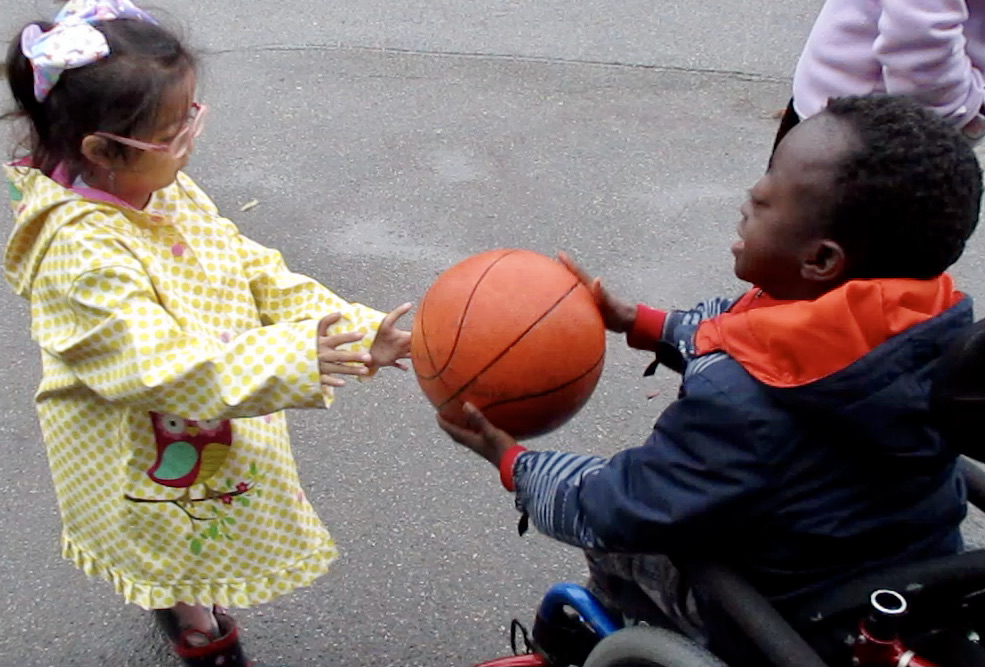Module 3: Quality of Life as a Context for Developing Meaningful Education Programs
Inclusion

Inclusion is having a network of meaningful relationships that includes friends. Relationships are an integral part of life and heavily influence the quality of our lives. Inclusion is the most important indicator of all.
“When our youngest daughter was in preschool, she wanted everyone in her class to come to her birthday party, so we invited everyone. Everybody came except one little boy who had autism. When we asked his parents about why he had not come, his mom said he was unable to come because we had cats, and he was allergic. However, she did say that they were thrilled to have been invited as he had never been invited to a party previously.
The next year, our daughter once again wanted everyone to come to her party. She also informed us that we were to have the party somewhere other than our house because her friend with autism needed to be able to come to the party. We found another venue for the party and he was able to join in. Quality of life was improved for both of them because of inclusion.”
Commitment to Inclusion
Your intentional commitment to inclusion must be a constant throughout a student’s educational career, but the degree and type of support you provide can vary.


At each transition stage in a student’s school career, from elementary school to middle school to high school, it is critical to reinforce the intentional commitment to inclusion.
Write down your thoughts on the following questions:
- In the early grades, students do not necessarily see disability the same way as older students do, and they are more likely to see everyone in their class as a friend. In what ways can you foster inclusion in the early grades?
Possible Responses
- Facilitate social interactions between all students. EAs can assist in making connections by introducing and modeling to students how to interact with their classmate with complex needs
- Include and involve your student in circle time and floor activities whenever possible
- Seat students with their classmates
- Involve the student in play activities, gym, recess, music, and school performances
- Teach classmates about how the student communicates and help them to learn ways to understand and respond
- Connect with the Inclusion Outreach team through student websites and student visits to collaborate on strategies for inclusion
- Middle school and high school can be times when friendship patterns change. Previously broad social circles are replaced with smaller more intimate groups. The student you support may no longer be known to everyone and the school, and community activities they have engaged in can be lost. What are concrete ways you can increase your inclusion efforts, so your student is known to others and is involved in school and community activities?
Possible Responses
- Ensure the student is present in all areas of the school
- Model social interactions and greetings to other students. EAs can facilitate this at the beginning and then find ways to take a step back to allow natural connections to form
- Look for shared interests (such as sports, drama, music) and facilitate opportunities for connection
- Involve students in curriculum-based activities and classes with their peers (such as foods class, drama productions, school fundraising)
- Connect with the Inclusion Outreach team through student websites and student visits to collaborate on strategies for inclusion